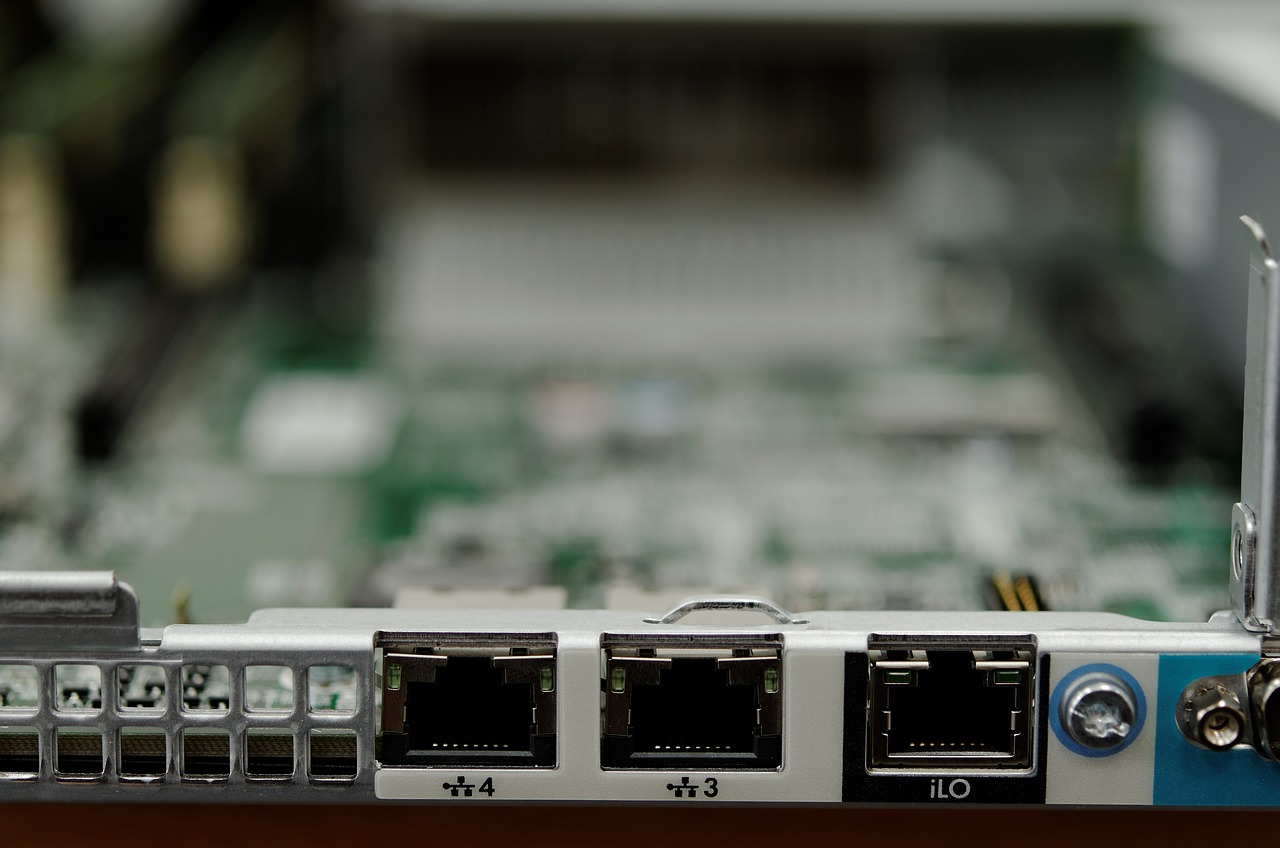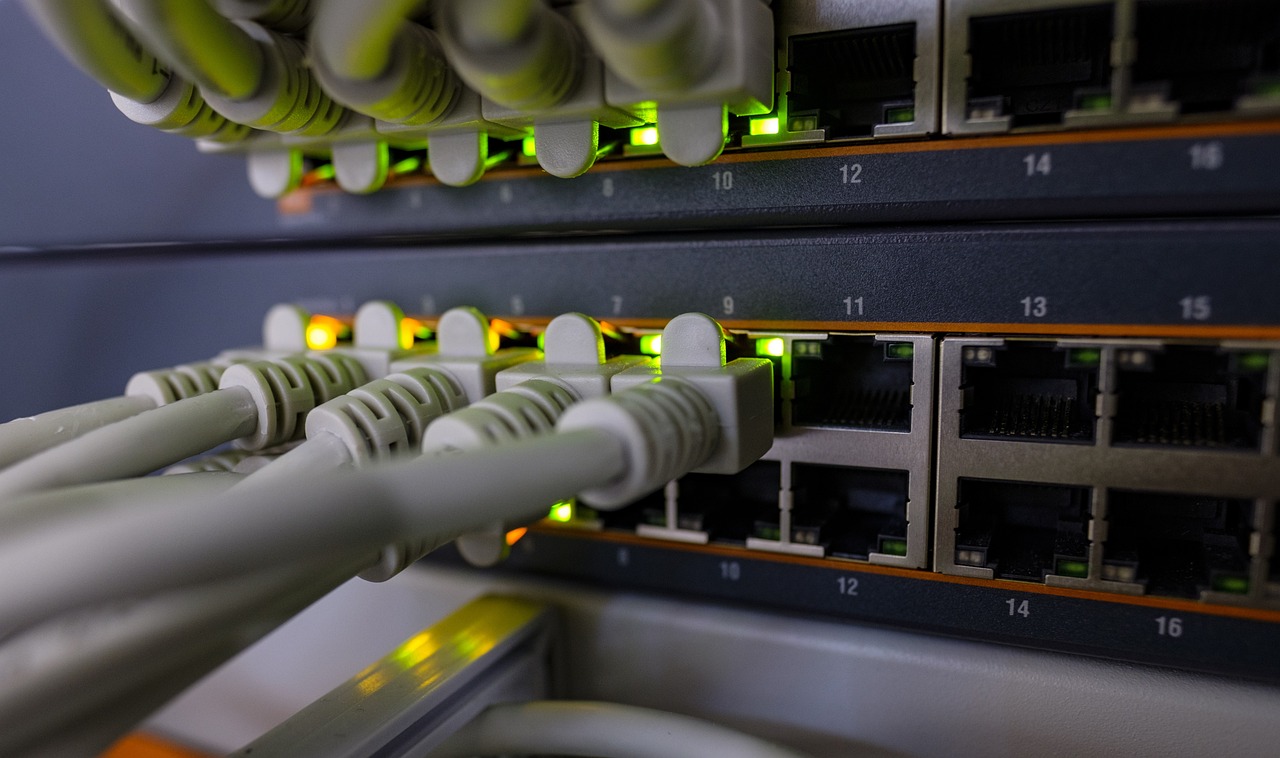LANs and WANs
Contents
1. LANs and WANs
The terms Local Area Network (LAN) and Wide Area Network WAN refer to the physical area a network covers.
Local Area Networks
A Local Area Network (LAN) covers a small geographical area such as a building. All the hardware that makes up the LAN is privately owned, e.g. the company using the LAN owns the LAN.
Examples of LANs include:
- Businesses
- Schools & Colleges
- Your own home
LANs can include wired and wireless devices.
Wide Area Networks
A Wide Area Network (WAN) connects LANs and computers over large geographical locations. WANs are owned by companies and access is rented or leased to its users (think about how people must pay for internet access).
Examples:
- The Internet - the largest WAN
- VISA / MasterCard - payment providers which use their network to authorise digital payments
- Military - they use WANs to provide secure communication between their difference bases of operation.
WANs connect devices and LANs using ethernet, fibre, satellite and phonelines.
2. Network Hardware
To connect computers together, you need specialised hardware. The most common hardware devices are:
- Network Interface Cards
- Switches
- Routers
- Wireless Access Points
Network Interface Card
A Network Interface Card (NIC) is hardware built into computers and allows them to connect to a network.In the past NICs were not built in and were optional expansion cards.

NICs can be wireless (to connect via WiFi) or wired (to connect via ethernet). NICs can be rated for different speeds, for example: a Ethernet NIC could be capable of different maximum speeds: 10 MB/s 100 MB/s , 1 GB/s, 10 GB/s , etc.
Switch
A network switch is used to connect devices together and it is often described as the central networking device. Devices are connected to a switch using Ethernet Cables. When a device sends data to another device, the data is received by the Switch and then directs that data to the device it is meant to.

Switched make use of MAC addresses to direct network traffic.
Most run at 100MB/s (Megabit / second) or 1GB/s (Gigabit / second)
Router
Routers sit between two different networks and allow communication between them. Most often routers connect a LAN (Local Area Network) to the Internet (an example of a Wide Area Network)
Routers make use of IP Addresses to route data between networks.
Routers are a crucial internet device and transfer data packets between different privately owned networks that make up the internet
Wireless Access Points

Wireless Access Points (WAP) allow devices to wirelessly connect to a network via WiFi. WAPs connect directly into a switch, and many can be powered directly over PoE (Power over Ethernet).